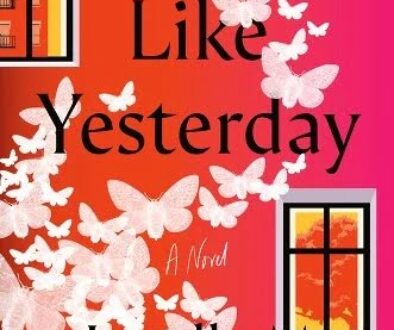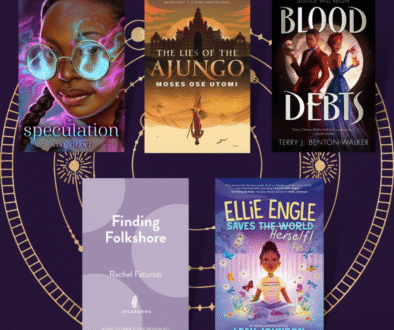The Plot Thickens: Queen of the Tiles
Hanna Alkaf, author of The Weight of Our Sky, returns to her throne as reigning queen of immersive character development with her latest release, a YA mystery, Queen of the Tiles. Employing her trademark stronghold of drawing the reader directly into the messiness of character emotion and motivation, this novel is a must-read for mystery lovers.
In Queen of the Tiles we follow the extremely traumatized Najwa Bakri, a sixteen-year-old Malaysian wordsmith, as she returns to the competitive Scrabble circuit a year after witnessing her best friend’s death in the same tournament. Having been out of commission due to her anxiety, Najwa has decided returning to the circuit in her hometown of Kuala Lumpur is just what she needs to make the next step in recovering herself. Initially, she works hard to push through her nerves and take pride in her verbal prowess at the board. But when someone mysteriously takes control of her deceased friend’s Instagram account to leave the competitors clues of foul play in her friend’s demise, Najwa finds that her proclivity for finding patterns in puzzles helps her to piece together the murky behaviors of her competitors. Along the way she unravels the pent up emotions that connected her to her belated best friend—including aspects of their friendship that she never considered before. Because Najwa is a champion of word compilation and meaning, each observation she makes is linked to a word she’s played, lost to, or carried on her heart as she builds out a broad vernacular that she employs so frequently that everyone knows to be part of her personality.
Features like tying Najwa’s natural observational skills to her love of words and meaning makes this mystery standout. She is in tune with the mechanisms that help her to make sense of the world around her and keep her grounded. Najwa also spends a lot of time weighing her own behaviors in the grand scale of competition—where she was sidelined by the person she held in highest esteem—but also in her need to restrict the friendship so that the only other person she has ever been close with is her younger sister. It is noticeable then that she does not find the culprit until the end of the book, a plot point that is well-crafted given the ways she often loses focus when distracted. Najwa’s skill in seeking out patterns is well placed in her efforts to solve the looming mysteries and the strategies she employs to get answers along the way make clear that her time playing Scrabble qualifies her in more areas than one.
Though I thoroughly enjoyed this novel, I was taken aback by the most attractive guy in the book—who happens to be the best friend’s ex—being described as ‘dark’ numerous times despite being of mixed Indian and Chinese descent. The fact that this same character was repeatedly called dangerous and displayed brute-like anger made this a poor choice of characterization that warrants sensitivity. Otherwise, I’d happily recommend this book to lovers of Nancy Drew and Harriet the Spy. Najwa’s agency over her mental health while empathizing with characters she’d previously dismissed to solve the book’s mysteries, coupled with her recognition of her own talents with the tiles, leaves me open to reading more mysteries set in this world.



